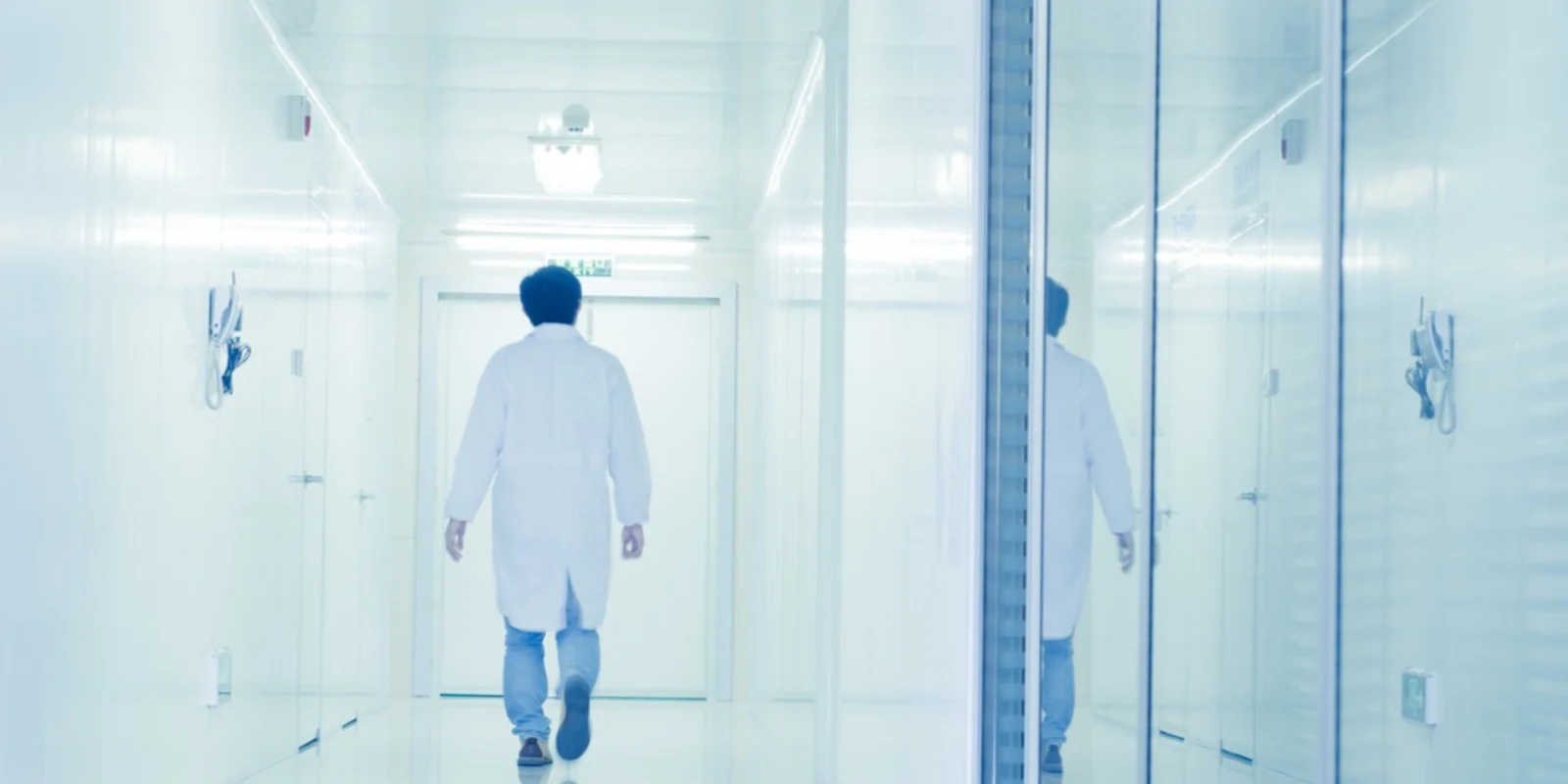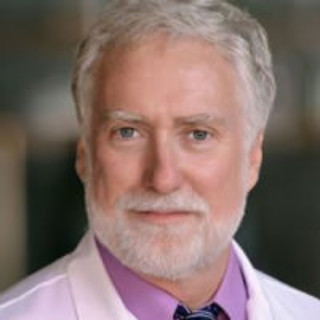
I took the long walk from the operating room to a consultation room in the surgical waiting area. The family of the patient whose operation I had just completed was sitting expectantly in the room. I was out way too soon. I had started the operation less than an hour before.
The patient I operated on has a bile duct cancer, called hilar cholangiocarcinoma, a tumor at the junction of the right and left bile ducts joining into the single proper hepatic duct at the base of the liver. This patient was diagnosed with this tumor when his eyes and skin rapidly became bright yellow in color. The tumor was blocking flow of bile out of the liver, causing the yellow color in his eyes and skin, called jaundice. Bile from the liver drains into the intestine and is important for absorbing the protein and fat we eat. This man’s tumor was invading and damaging the left lobe of the liver. A CT scan revealed the tumor was localized in the left side of the liver and there was no evidence the cancer had spread, or metastasized, anywhere else. The best survival chance for patients with this type of cancer is surgical resection of the malignant tumor, however, I dutifully informed the patient and his family this type of cancer often recurs despite surgical and other treatments. When they asked, I replied correctly I do have some patients who are long-term survivors following removal of hilar cholangiocarcinoma. This man was active, otherwise healthy, and he appeared to be an ideal candidate for an operation. I had a long conversation with the patient and his family and we set a surgical date.
I met again with the patient and his family the day before the surgery and discussed the proposed operation in detail. The goal was to remove the entire damaged left lobe of the liver, the extrahepatic bile duct, and all of the lymph nodes in the area around the blood vessels flowing into the liver. I mentioned I anticipated the operation would be completed in approximately five to six hours if all went according to plan.
After describing the operation and reviewing the daunting list of potential complications, I added a final cautionary note. I informed the patient and his family it was possible I could discover spread of disease within the liver or belly cavity. They voiced understanding of this possibility but were upbeat and assured me they were confident in the outcome of the operation.
Prescience is a worrisome occurrence in oncology. The morning of the operation I was fretful. The operation began with a small abdominal incision centered between the end of the patient’s breast bone and the belly button. We cut into the belly cavity and I swept my hand along the surfaces. I felt tumor nodules everywhere. The chief resident operating with me repeated my maneuver and shook his head sadly. In a moment we had gone from buoyant and energized to deflated and defeated. We biopsied several of these unexpected tumor nodules and sent them for rapid frozen pathologic analysis. The pathologist called and confirmed all of the tumors were malignant, identical to biopsies from the bile duct cancer. The cancer had spread widely throughout the belly cavity, but was too small to be seen on the CT scan. We closed the fascia and then the skin. The anesthesia and operating room staff were eerily silent as I pulled off my gown and gloves and began the long walk.
I trudged to the surgical waiting area. I entered the consultation room and faced the upturned, concerned gazes from the patient’s family seated in the small room. They knew from the warning conversation and from the look on my face the news was not good. I quietly and thoroughly explained what I found during the operation. The family, in the stunned and disbelieving early phase following delivery of such information, asked a few questions about next steps while weeping silently. After 20 minutes, I gave each an embrace and assurance I was available to help at any time.
About an hour after taking the long walk, I walked to the patient’s bedside in the recovery room and repeated the explanation of the intra-operative findings. He was calm but appropriately disappointed and distressed. He asked several of the same questions the family had asked. At the end of our conversation, he took his right hand from under the blanket and stoically shook my hand saying, “Thank you for doing your best, Doctor.”
I have taken the long walk numerous times every year for over 25 years now. It has not become any easier, and the walk does not seem any shorter. The feelings of sadness are no less raw. I am still impressed by the dignity, grace, and consideration demonstrated by patients and their family members after I deliver bad news and how they recover from the initial overwhelming fear and grief. I know I will have colleagues who disagree, but I believe it is important to continue to feel and demonstrate genuine emotion and authentic concern. All of us dedicated to a career in medicine must make the long walk on occasion. For those of us in oncology, the frequency may be greater, but it doesn’t mean we are any better at delivering tough information with heartfelt and thoughtful compassion.
But it comes with the job. And it’s not a job, it’s a devotion.
Steven A. Curley, M.D., F.A.C.S., is Professor and Chief of Surgical Oncology at the Baylor College of Medicine. He has a book of compelling stories, virtues, and lessons learned from cancer patients he has treated in a 28-year career as a surgical oncologist entitled IN MY HANDS, scheduled to be published in May 2018 by the Hachette Book Group.







